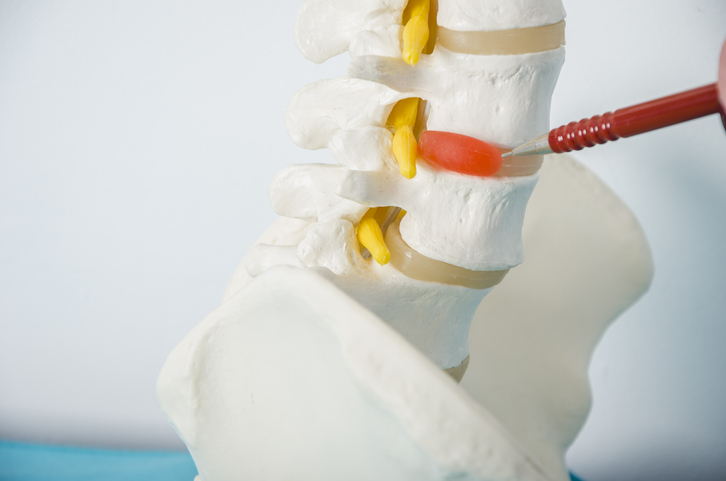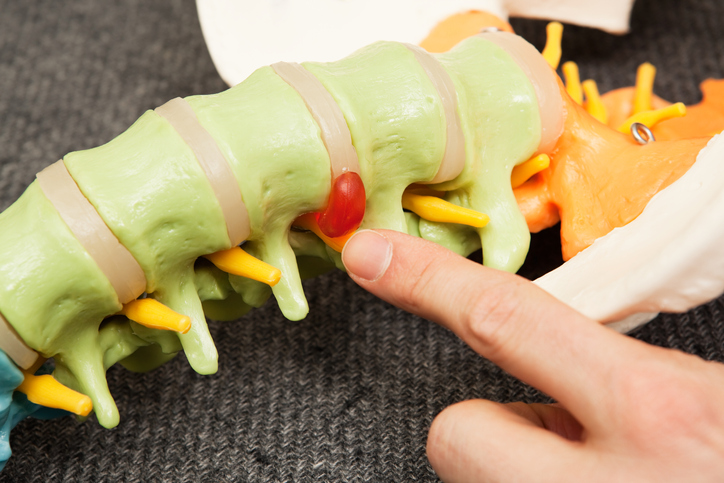Pain
Progression and Potential Complications of Herniated Discs

What is a herniated disc?
Spinal discs are rubbery cushions that sit between the individual vertebrae of the spine. A herniated disc occurs when the soft jelly-like center of the disc (nucleus) herniates or tears through the tougher, rubbery exterior (annulus). This can cause pain and other symptoms.
Stages of a herniated disc
There are four stages of a herniated disc:
- Bulging — Flattening of the disc causes part or all of the disc’s annulus to bulge out farther than normal.
- Protrusion — The disc’s nucleus bulges from the center of the disc but does not break through the annulus.
- Extrusion — The disc’s nucleus breaks through the annulus.
- Sequestration — A fragment of the disc breaks off and migrates into the spinal canal.
Stages 1 and 2 are incomplete herniation. Stages 3 and 4 are complete herniation. Not all herniated discs reach the sequestration stage. A disc can remain at one of the earlier stages or can progress through all four.
Potential complications
Untreated, severely herniated discs can lead to permanent nerve damage. In rare cases, disc herniation can completely compress the spinal canal, leading to a condition known as cauda equina syndrome. This can cause worsening pain, numbness, weakness, and bladder or bowel dysfunction. Cauda equina syndrome requires emergency treatment to avoid long-term complications, such as permanent weakness or paralysis.


















